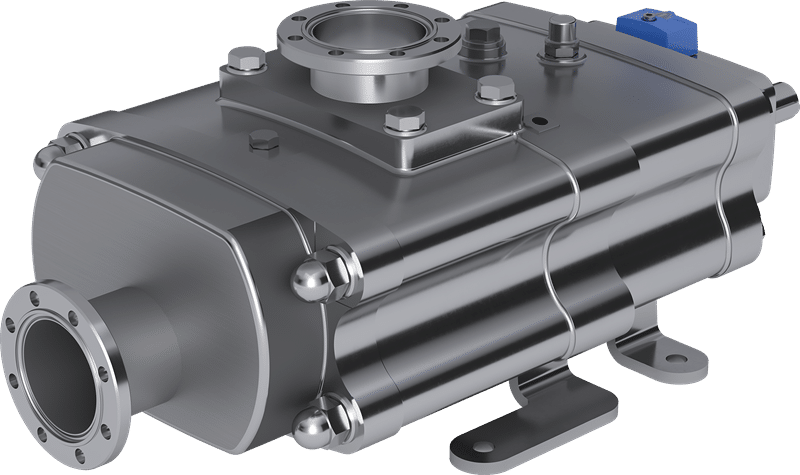Building Services Research and Information Association (BSRIA), SFG20 (part of Building Engineering Services Association (BESA), Chartered Institution of Building Services Engineers (CIBSE) and Institute of Workplace and Facilities Management (IWFM) have agreed a common definition for the term “statutory” in the context of workplace and facilities management (WFM). This definition will be used going forward in guidance issued by these organisations.
The agreement was facilitated by IWFM’s Procurement and Contract Management Special Interest Group (SIG) who want to drive up FM standards in contracts. They noted that the lack of a common methodology for compiling specifications for statutory inspections allows for great variability in what good looks like for complying with statutory requirements, at times resulting in properties potentially being non-compliant from a statutory inspection perspective.
The common statement is an important step forward in benchmarking what requirements should be met when drafting up specifications, and then implementing them.
Chris Reeves, Procurement and Contract Management SIG Chair, IWFM, said, “This agreed definition, accompanied with the associated guidance, will help to standardise the understanding and application of a commonly used term within the workplace and facilities management industry. By bringing together and collaborating with other organisations and professional bodies, each with their own perspective and expertise, we have been able to create a common definition which should be of great benefit to all.”
Paul Bullard, Product Director, SFG20 said, “This agreed definition is a momentous step forward as it provides both clarity and guidance to the industry, with the full alignment of the associations involved.”
Eileen Bell, CIBSE’s Head of Knowledge, said, “Establishing a common definition for ‘statutory’ in workplace and facilities management is a significant milestone towards standardising practices and enhancing compliance. CIBSE is proud to collaborate with industry partners like BSRIA, SFG20, and IWFM to drive up standards and ensure consistency in guidance for the benefit of all stakeholders.”
Tom Garrigan, BSRIA Technical Director, said “Reaching a universally agreed definition of ‘statutory’ provides the sector with much-needed clarity, ensuring a consistent approach is adopted around its treatment by the professional bodies when future guidance is published. The common definition sets a clear benchmark for achieving compliance across the sector, reduces ambiguity, and supports stakeholders in meeting agreed contractual terms.”
The full statement reads as follows:
The term “statutory” denotes anything required by primary legislation such as Acts of Parliament and secondary legislation such as Statutory Instruments (including Regulations).
When working to achieve statutory compliance, primary and secondary legislation often focuses on general outcomes rather than prescribing specific activities. The specific activities required to meet statutory compliance may, therefore, be included in government guidance and Approved Codes of Practice (ACoPs) published by agencies such as the Health and Safety Executive (HSE), or other industry standards and/or guidance (BSI standards, publications by trade associations and professional bodies, etc).
In the absence of a traceable reference to legislation, following industry standards and/or guidance may assist in discharging duties under the statutory requirements.
For example: in relation to electrical installations, The Health and Safety at Work etc. Act 1974 led to the Electricity at Work Regulations 1989. This, in turn, is supported by the HSE issued guidance note HSR25 which also references British Standard 7671, which is supported by an on-site guide.
– Primary Legislation – e.g. Health and Safety at Work etc. Act 1974.
– Secondary Legislation – e.g. Electricity at Work Regulations 1989.
– Approved Code of Practice – e.g. HSE Guidance HSR25 The Electricity at Work Regulations 1989.
– Industry Standard – e.g. BS 7671:2018 Requirements for Electrical Installations, IET Wiring Regulations 18th Edition.
– Industry guidance – On-site guide to BS 7671.
There may be more than one way of discharging duties. To achieve statutory compliance, remedial actions may need to be identified and completed. Applying a documented process will greatly assist in evidencing these decisions.





